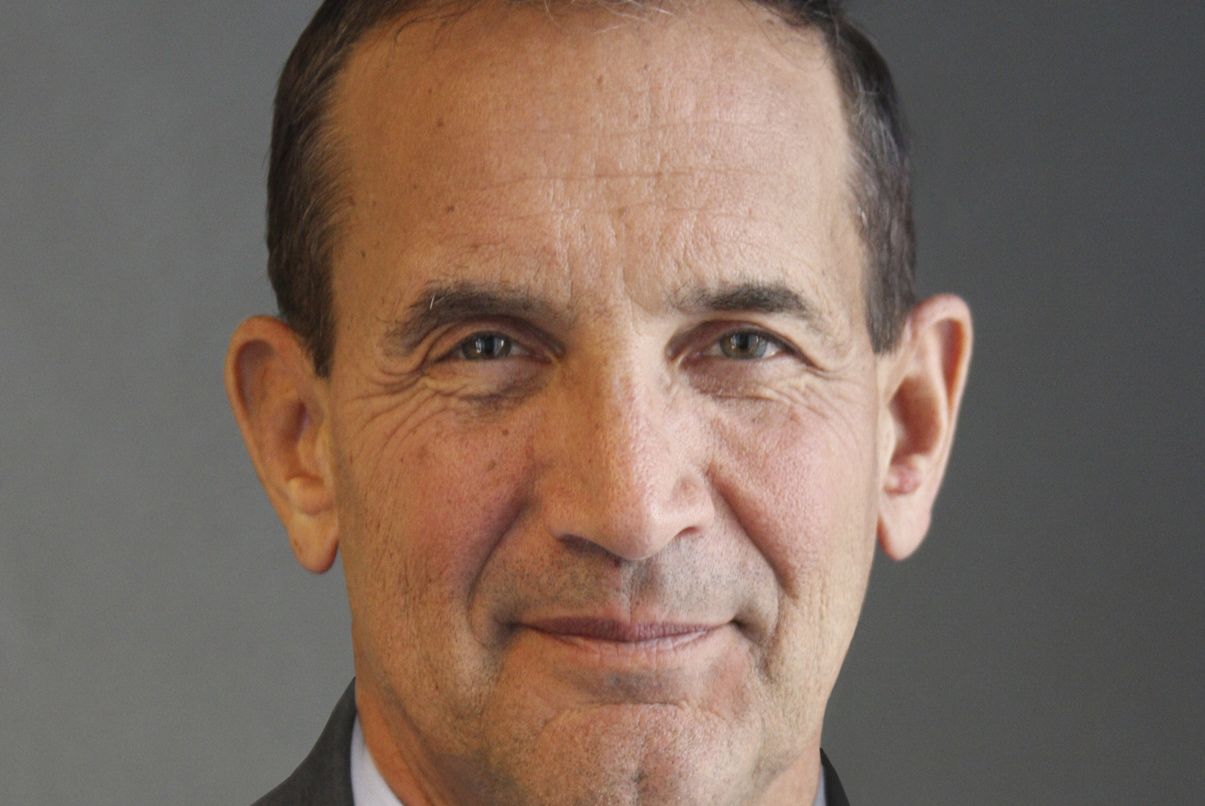Here in Boston, cooler nights and unwelcome back-to-school advertisements tell us summer is beginning to draw to a close and autumn is approaching. Like seasons, business cycles often signal their coming demise.
One thing that recurs with greater regularity during the last phases of business cycles is a scramble by companies to purchase competitors. Corporate acquisitions have been rising and are now near peaks seen in other cycles. Late in the cycle, companies often see flagging internal rates of growth and seek to boost growth through mergers and acquisitions. Historically, companies often overpay for such acquisitions late in the cycle. We’re seeing that now with widespread takeovers and significantly higher premia in prices paid.
Another signal of changing cycle dynamics is the profit share of the economy. The share of gross domestic product going to the owners of capital in the form of net profits often dips in the final 12 months of a cycle. The United States is now experiencing the third quarter of such profit deterioration as the owners’ share of the expansion starts flowing to other parts of the economy, rather than to profit gathering.

Late in the cycle, companies often seek to add debt to their balance sheets in order to boost profit growth. Frequently, this results in a broad scale deterioration of credit quality, which is subsequently made worse by the onset of recession. US consumers also tend to add debt to their collective balance sheets in the late phases of a cycle. And indeed we see that the borrowing of both corporations and consumers, which has been comparatively subdued in this cycle, is now starting to rise.
Signs not totally aligned
Not all the usual signs of recession are present now in the US. Some typical late-cycle signs have yet to appear, and this should cheer investors. Typically the shape of the yield curve becomes distorted in the late months of a cycle as short-term rates rise above long-term rates, reflecting market expectations of subdued growth ahead. We’ve seen a flattening of the yield curve in this eighth year of the cycle, but not an inversion of yields, as short rates remain slightly lower than long rates.
Another late cycle characteristic is widespread fear of inflation taking hold and accelerating. The US Federal Reserve often acts to forestall inflation pressures by raising short-term rates, which can slow the economy’s momentum. So far, signs of gathering inflation pressures are scant, but worth watching. As our regular readers know, there are currently no signs that the Fed is about to act aggressively to prevent an inflation spiral.
As long-term investors, we know that fundamentals matter most. In this cycle we’ve seen profit margins hit near-record levels. Likewise, operating income compared to revenues and free cash flow compared to market capitalization have been consistently high for over six years. The return on equity of companies in the major US indices has been outstanding.
Fundamental shift
But in the past three quarters, margins and profits of US companies have been pressured, and not just by weak energy prices. Cost pressures in other sectors have appeared as rising general and administrative expenses and weak sales growth combine to trim profits. That environment makes it harder to grow profits than was the case in the first six years of the business cycle. Worryingly, this shift comes at a time when the S&P 500 price/earnings ratio has reached over 18 times expected 12 month forward earnings, a valuation measure which lies on the high side of history.
Despite the arrival of back-to-school ads in early August, and the return of neighborhood youth to US college campuses later in the month, we can choose to shrug off the passing of summer and instead relish the last warm sunny days. But the evening breezes now bring a chill to the air that we didn’t feel in June or July — a chill that should not be ignored. What we find most concerning is that late in the cycle, market behavior often seems to be propelled more by hope than fundamentals. Maybe that is happening today, as market averages for both large and small caps rise while revenues, margins and profits continue to diminish. It may be comforting to look the other way and pretend the days will remain warm and bright. But investors keen to hold on to their wealth should not let the hope of catching the final gains of the cycle keep them hanging on too long.



